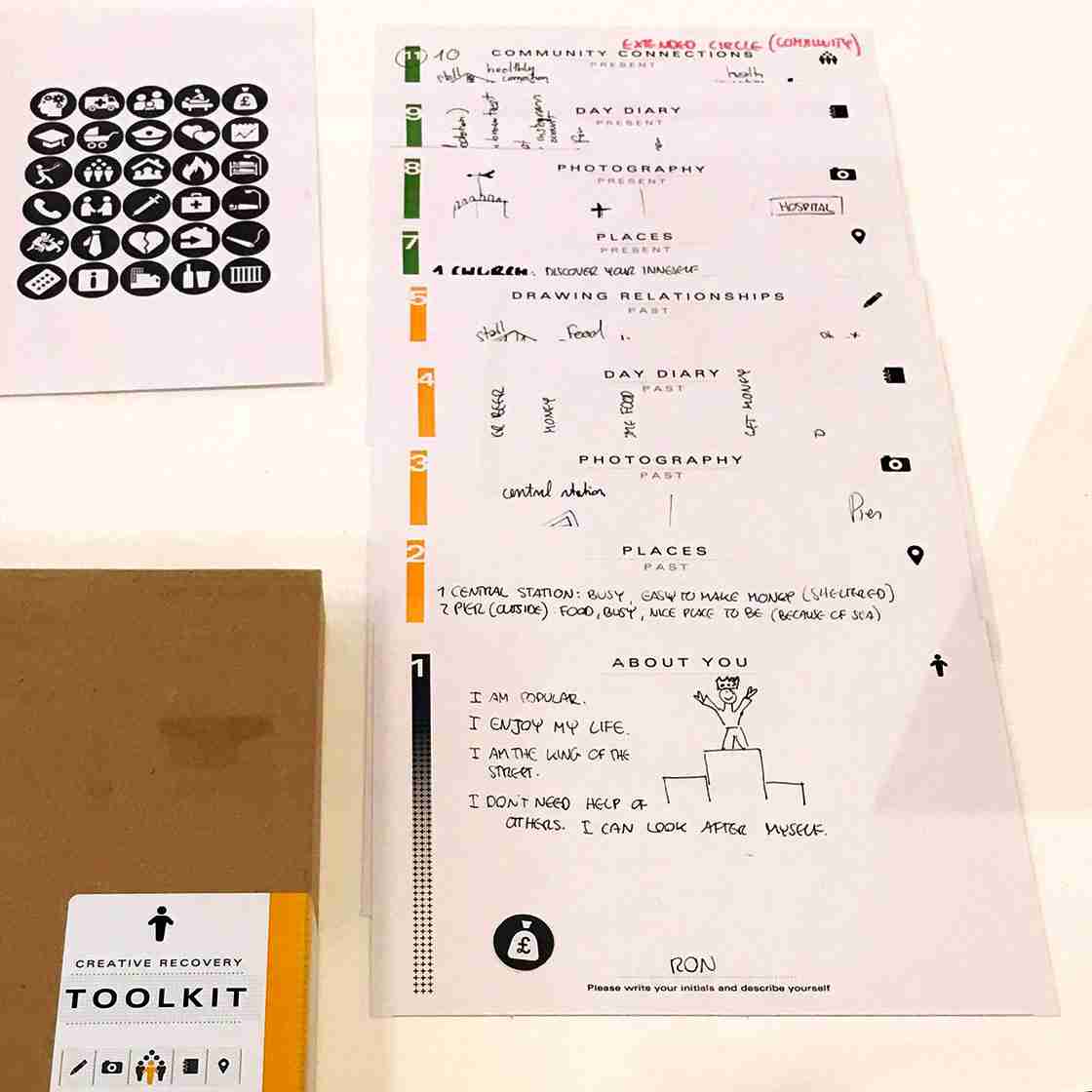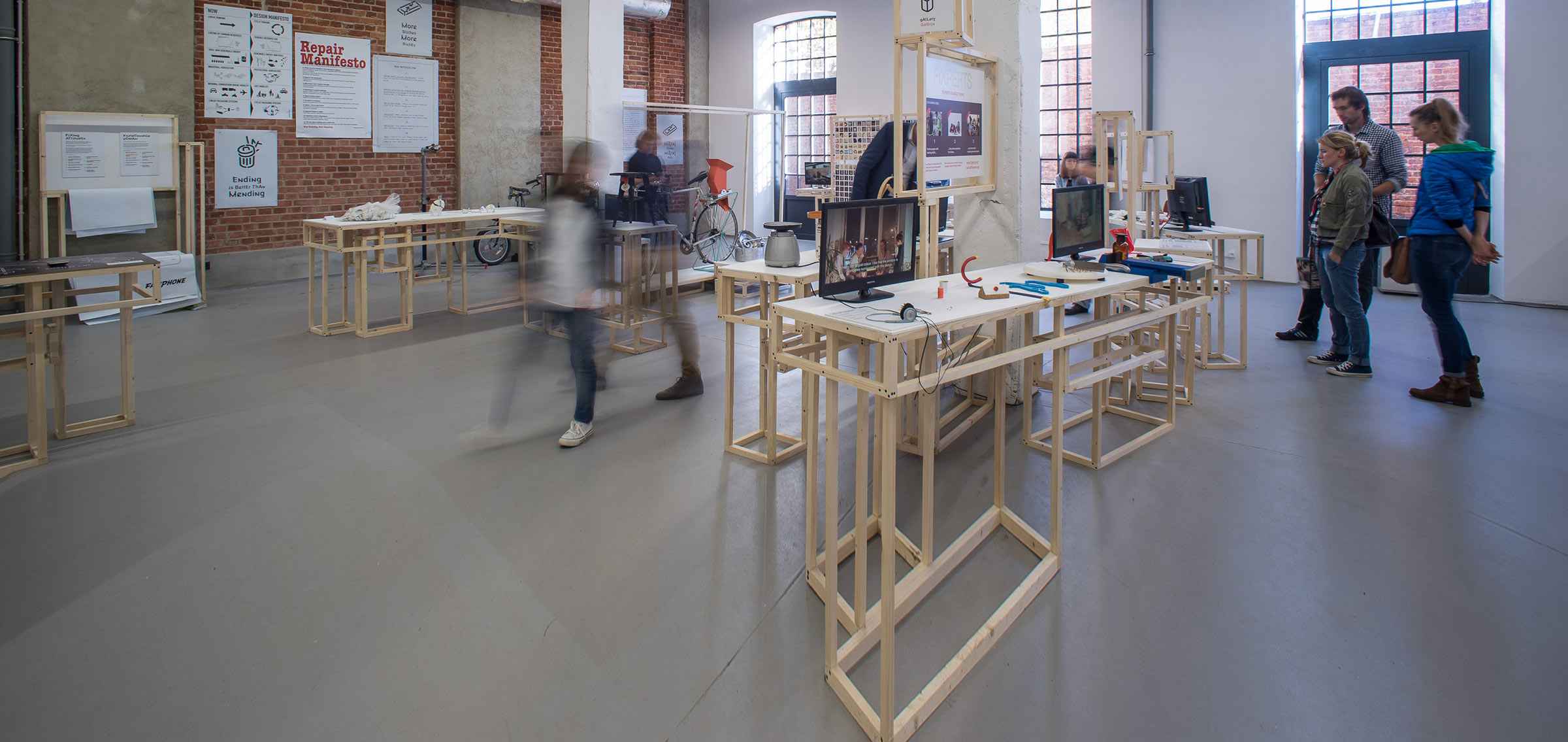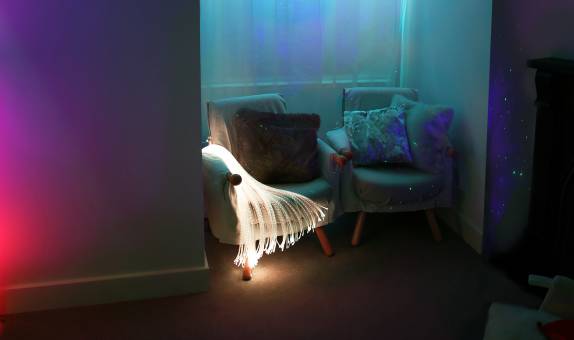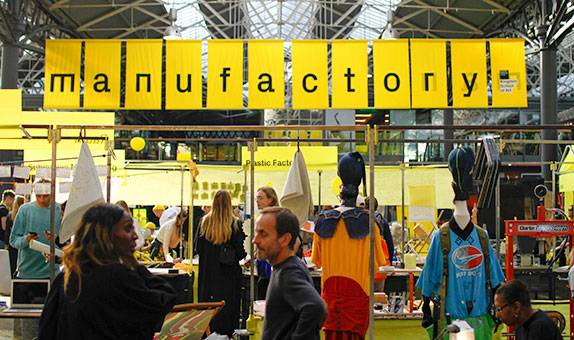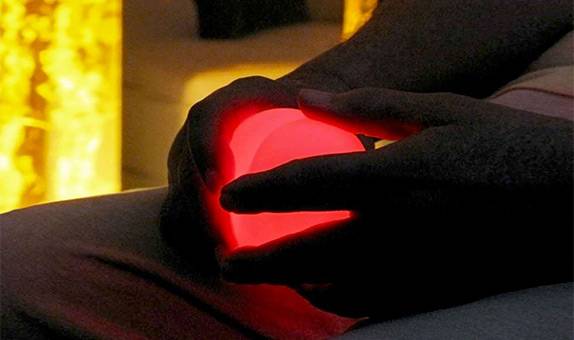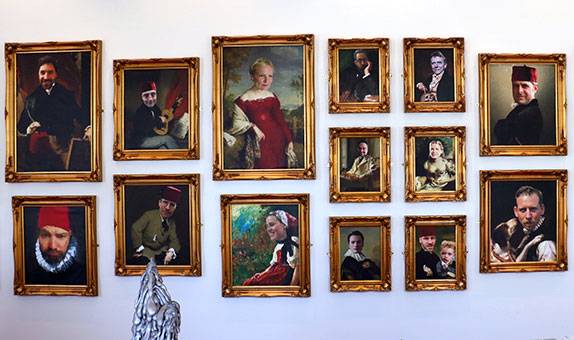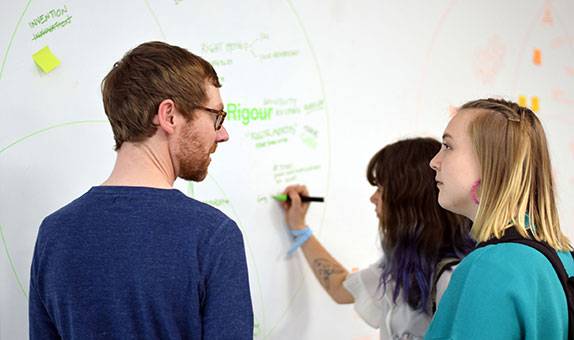Research projects
Research Through Design Projects
Here is a selection of projects within our seven thematic areas of research.
Living Well
Design for the body to support care, rehabilitation and positive life experience. Jane Webster is investigating props to aid renal treatment. The work of Dr John Miers on graphic medicine has resulted in an autobiographical comic book exploring aspects of living with multiple sclerosis.
Sustainability Design
Designing to enable productive response to the climate emergency. Dr Paul Micklethwaite works on the impact of the sustainability agenda on our theories and practices of design. The work of Konstantinos Chalaris with The Body Shop delivers sustainable design propositions that increase resource efficiency, close material loops and enhance product, material and brand value.
Designing Learning
Dr Cathy Gale devises staff-student collaborations in communities of practice to explore contemporary techno-social critical issues. Professor Daniel Charny works on open source design teaching formats, and his Fixperts framework has been taught in over 35 higher education institutes across 20 countries. Hannah Rollings' research enquiry centres on how place (woodland) as an immersive space for Key Stage learning is understood through an illustration lens, in print and interactive.
Visual Narratives
Designing means of communicating through visual storytelling, the image and expanded forms of moving and interactive media including digital objects and immersive spaces and environments. Rachel Gannon's and Mireille Fauchon's research has culminated in the publication of Illustration Research Methods (Fauchon, Gannon 2021), an academic text dedicated to developing illustration specific critical theory. Mireille's PhD completion in 2019 at KSA, examined how the archive might be narrativised as an example of immersive illustration practice. Dr John Miers' research focuses on how drawing style creates narrative meanings and has developed a synthesis between philosophical understandings of depiction and visual metaphor. Rachel Davies' research explores collaboration and filmic hybridity within screen and/or live settings, embracing new and interactive technologies to challenge audiences within personal and human stories. Nic Clarke's PhD enquiry centres on how to represent the rituals of mass movement commuting in the theatrical space of Waterloo Station concourse through illustration practice. Matthew Richardson's PhD examines the unpacking of the literary archive, key test case is J.G. Ballard's archive in the British Library, and a multi-method representation forming an approach framed as ‘Para-Illustration'.
Fashioning Identity
Design to explore the material expression and transformation of meaning. Professor Iain R Webb explores his own unique archive to explore changes in reporting and presenting fashion in our image-led culture. Marloes ten Bhömer researches the social and cultural formation of the 'high-heeled' woman through design, embodied activities and film works.
Curating Places
Design as site-specific practice relates directly to its audiences. Leah Fusco uses location-based illustration, and Dr Cathy Gale continues to explore the potentialities of a student-led Alternative Art School. Carl Clerkin designs exhibitions which introduce mythical histories, supported by made objects. Dr Ersi Ioannidou examines how the current economic, cultural, technological and social conditions redefine the meaning of the home and the role of the house. Professor Daniel Charny's projects as founding director include The Maker Library Network (2014–2017) and Central Research Laboratory (2015). Professor Ben Kelly's work has been extensively awarded for exhibition design and interiors.
Inclusive Communities
Professor Daniel Charny, Dr Anke Jakob, Jack Champ and Sarah Johnson are variously addressing individual and collective wellbeing. By considering the present needs of individuals we can reflect on collective future challenges, as well as addressing currently under-served audiences. Yeni Kim has centred her PhD enquiry on the visual communication of oral histories in marginalised communities, using illustration practice as a research tool.
